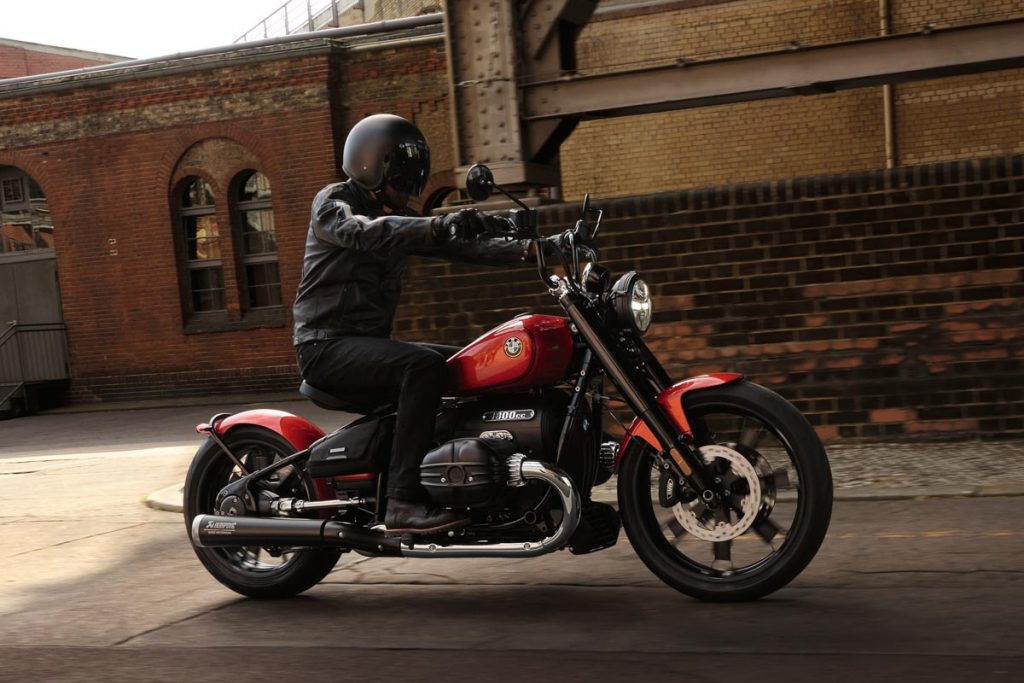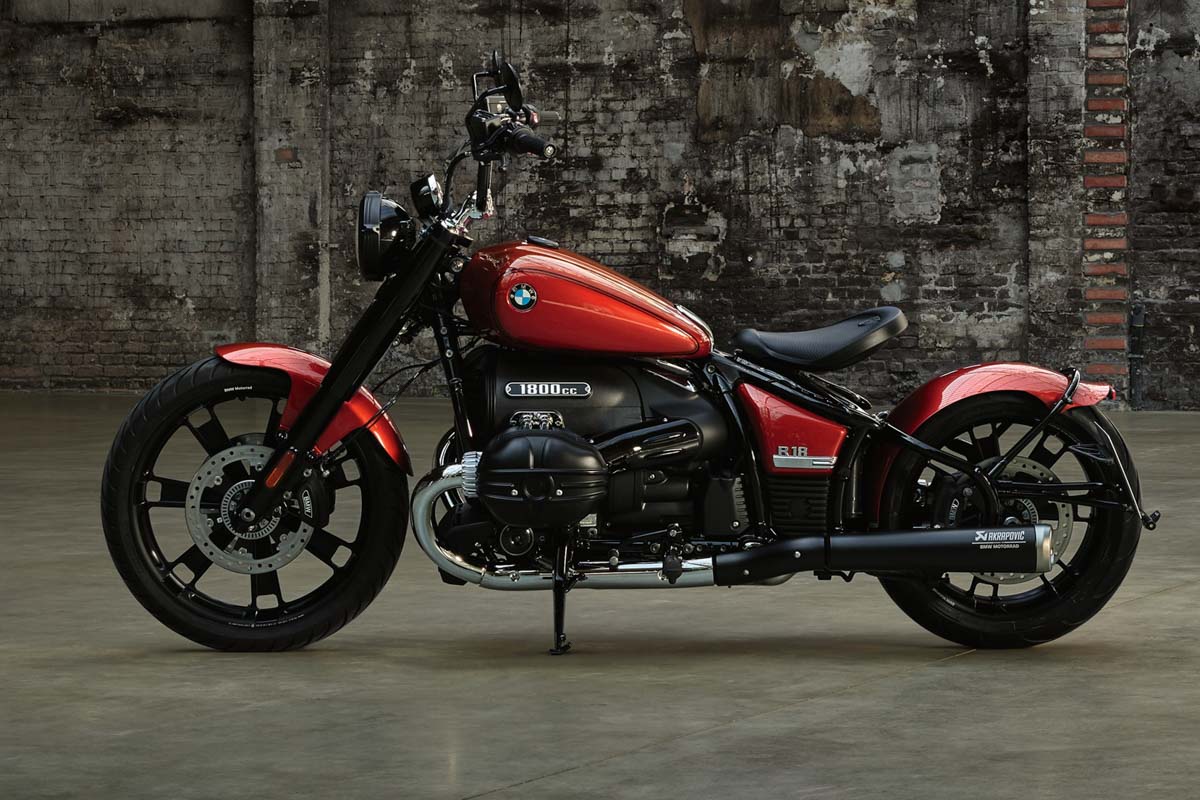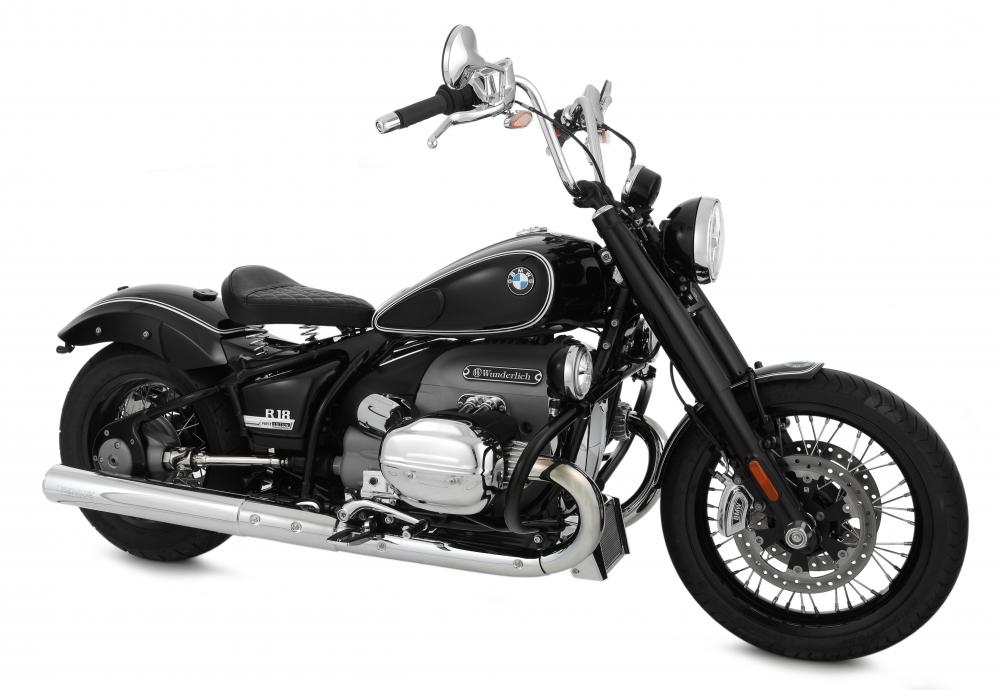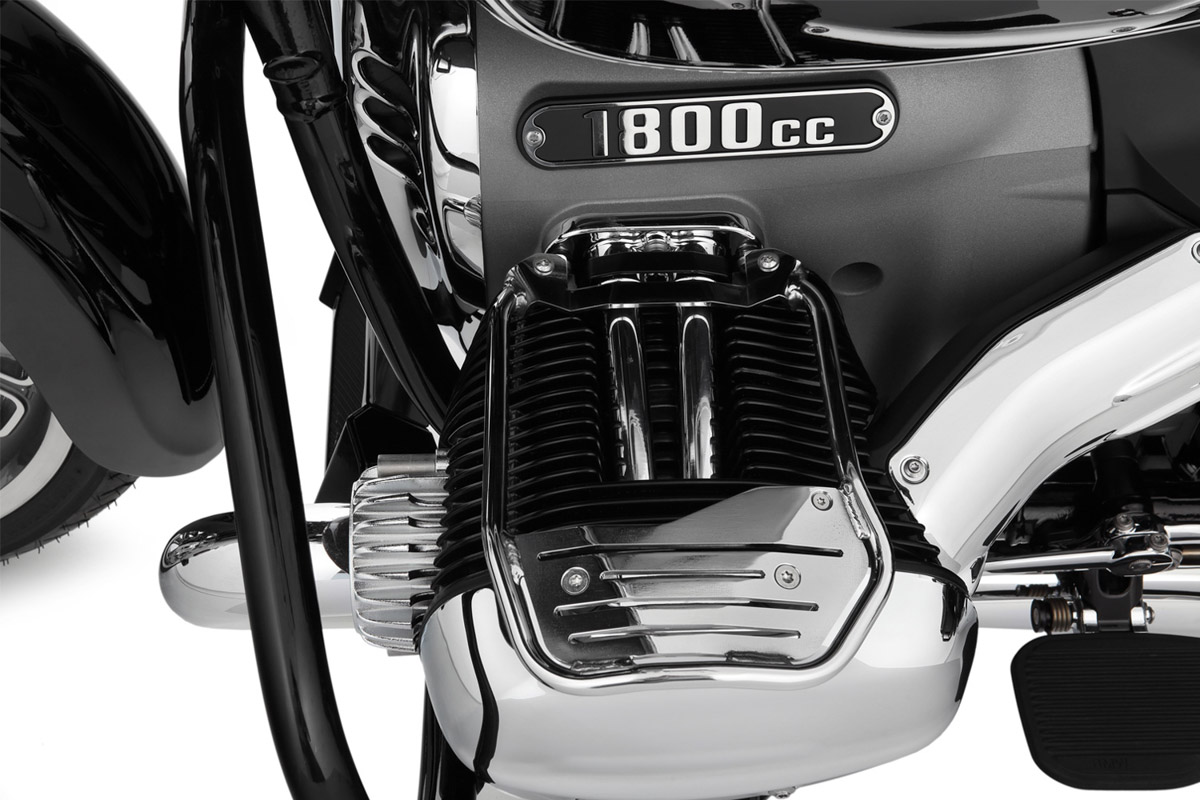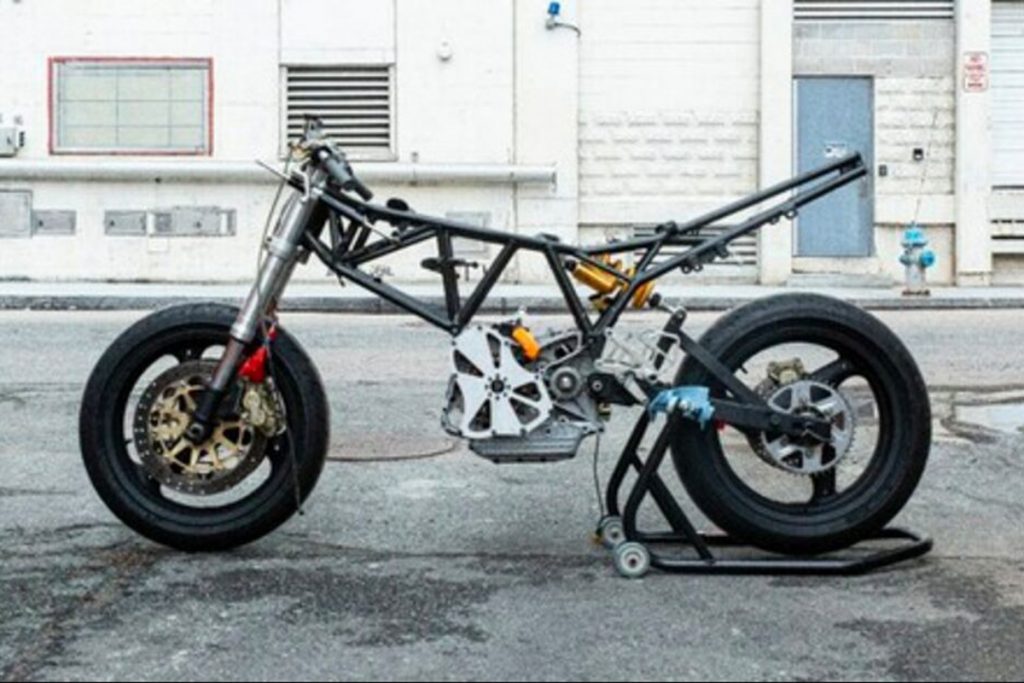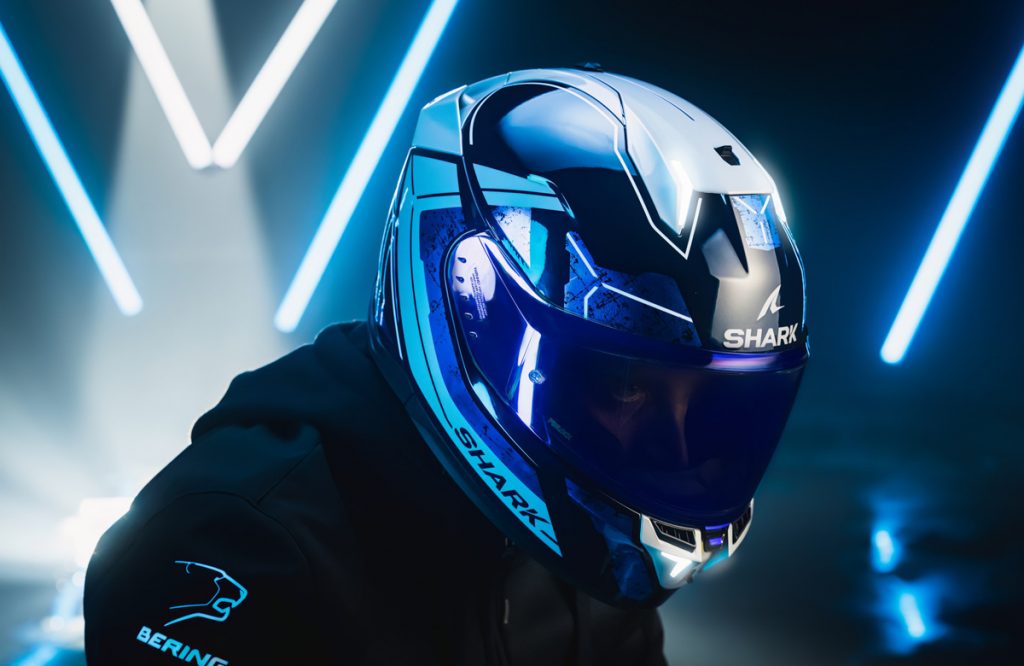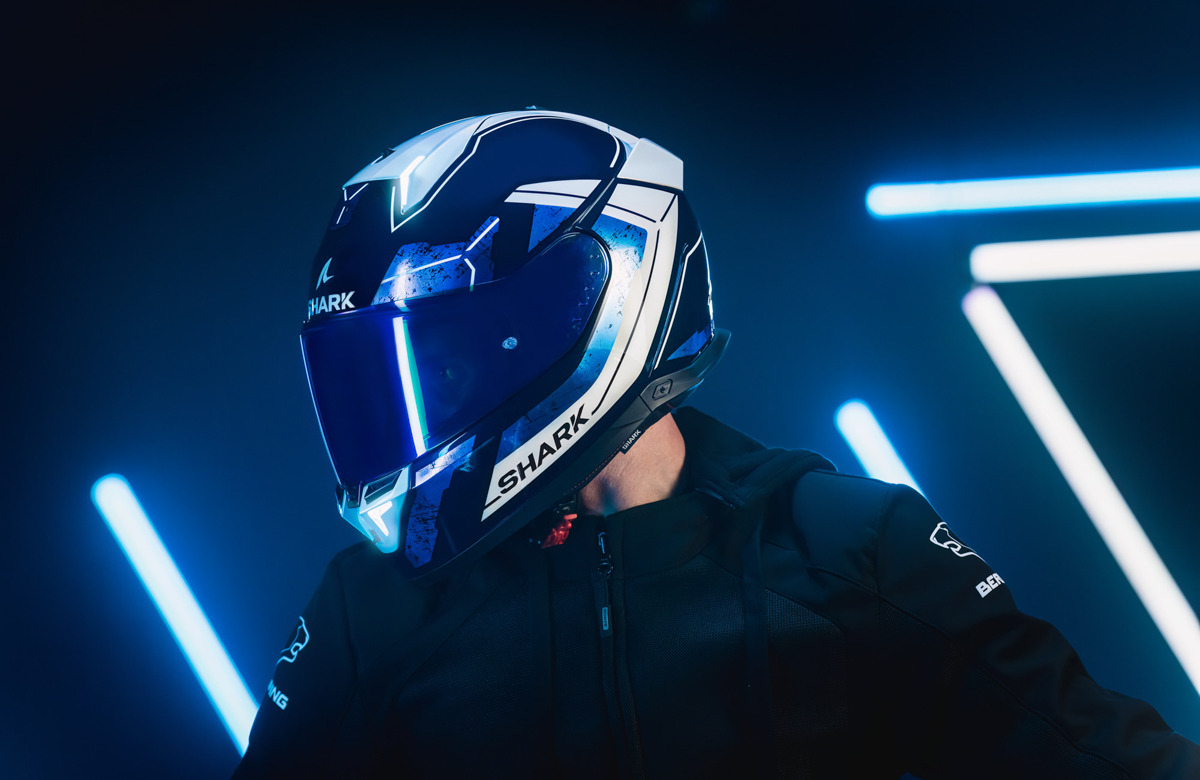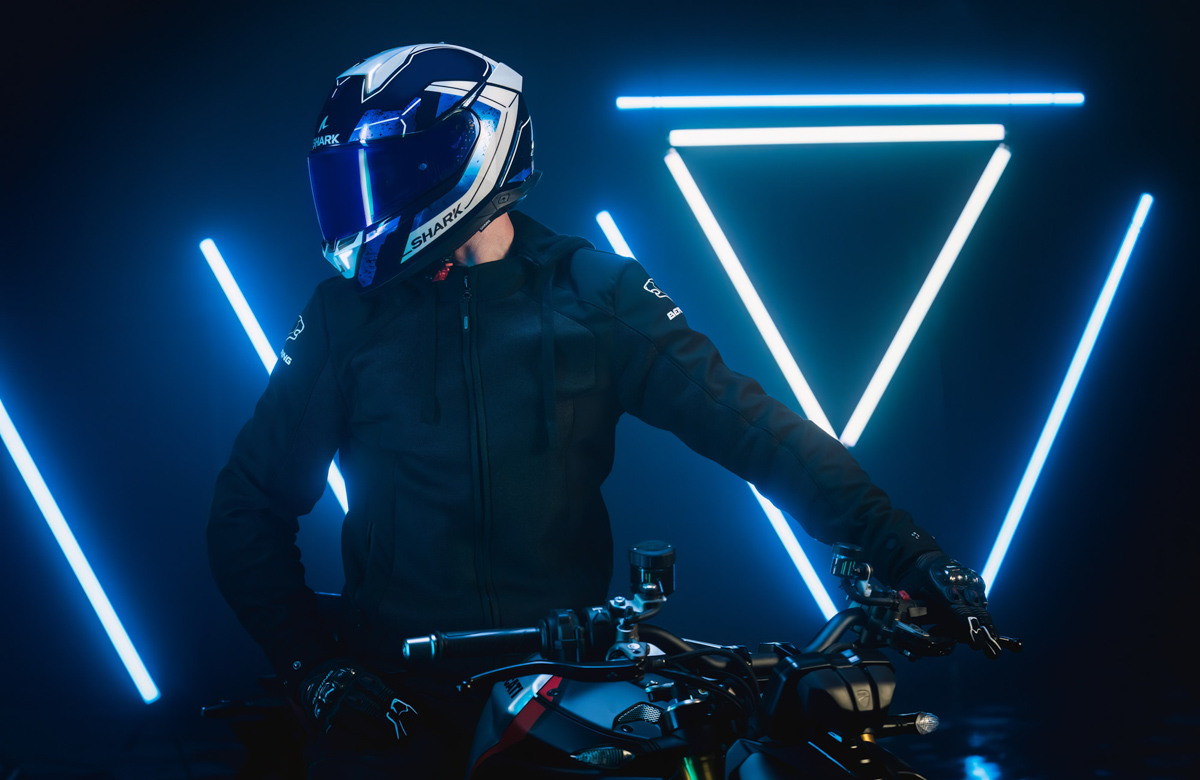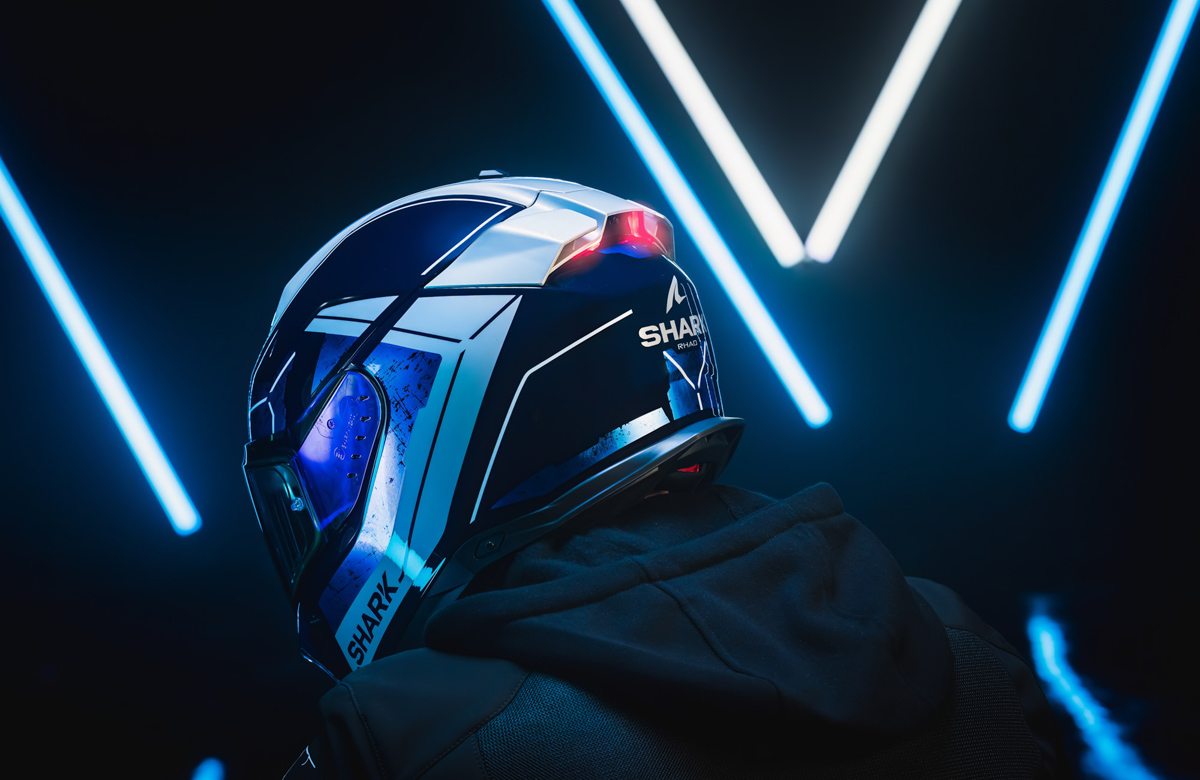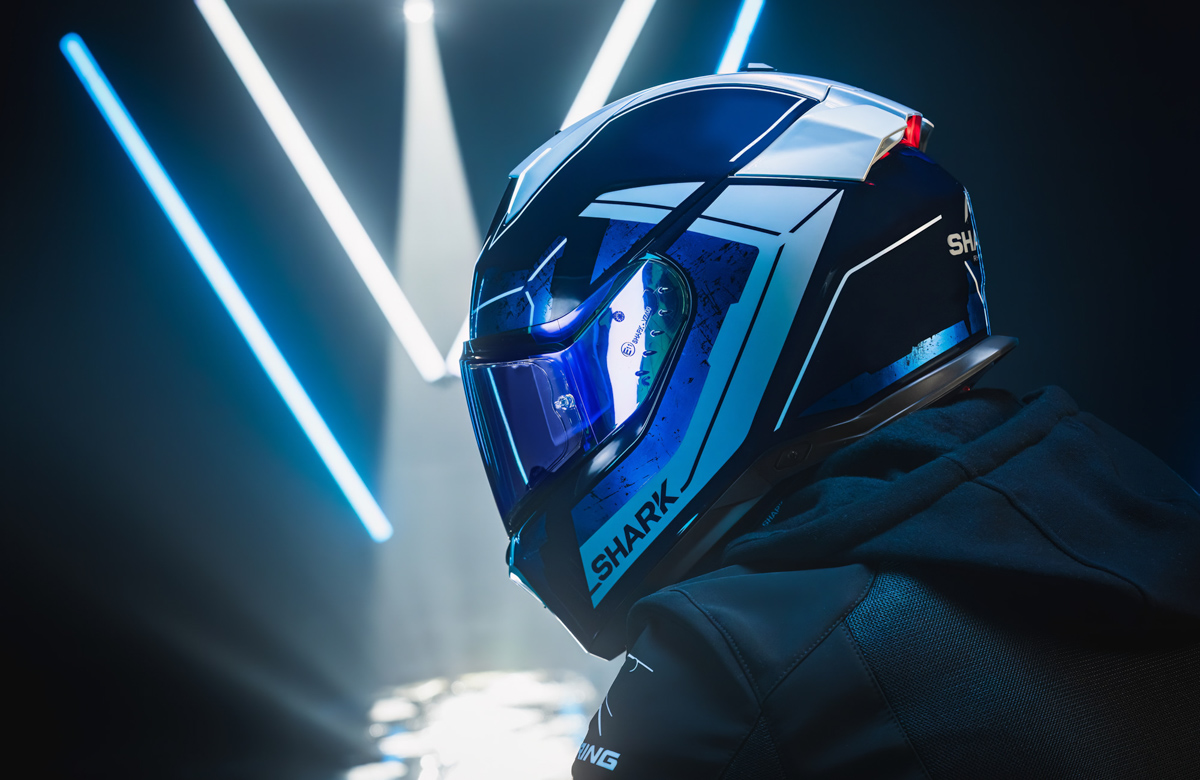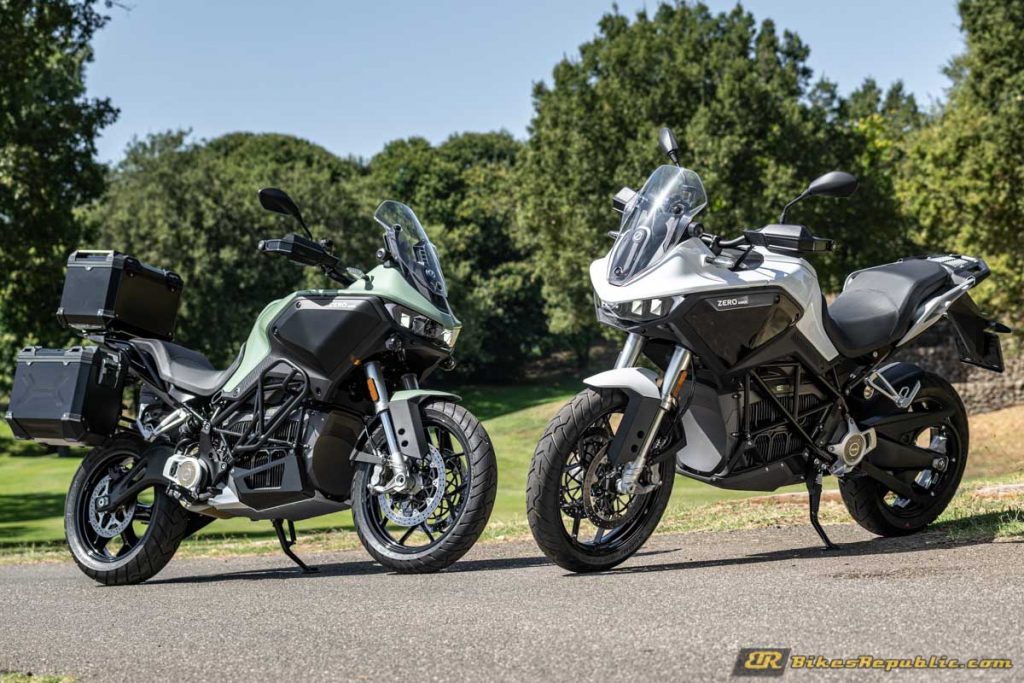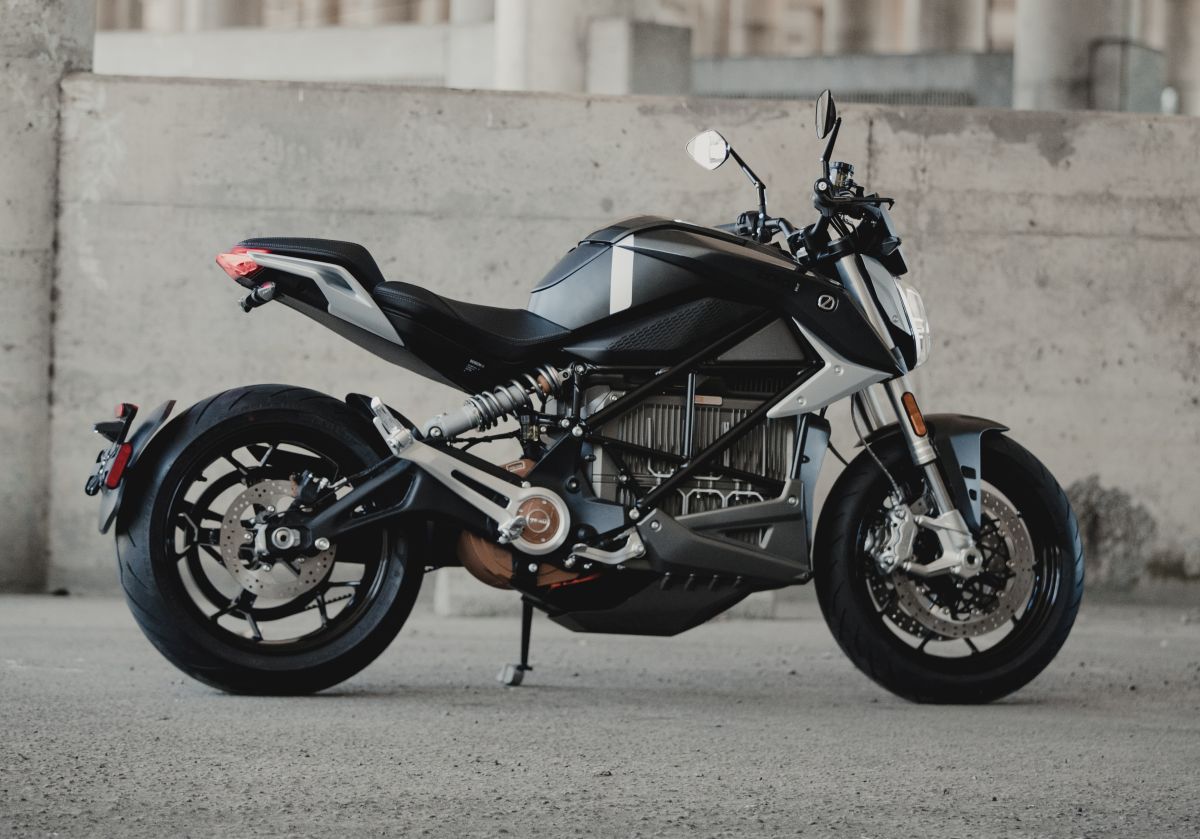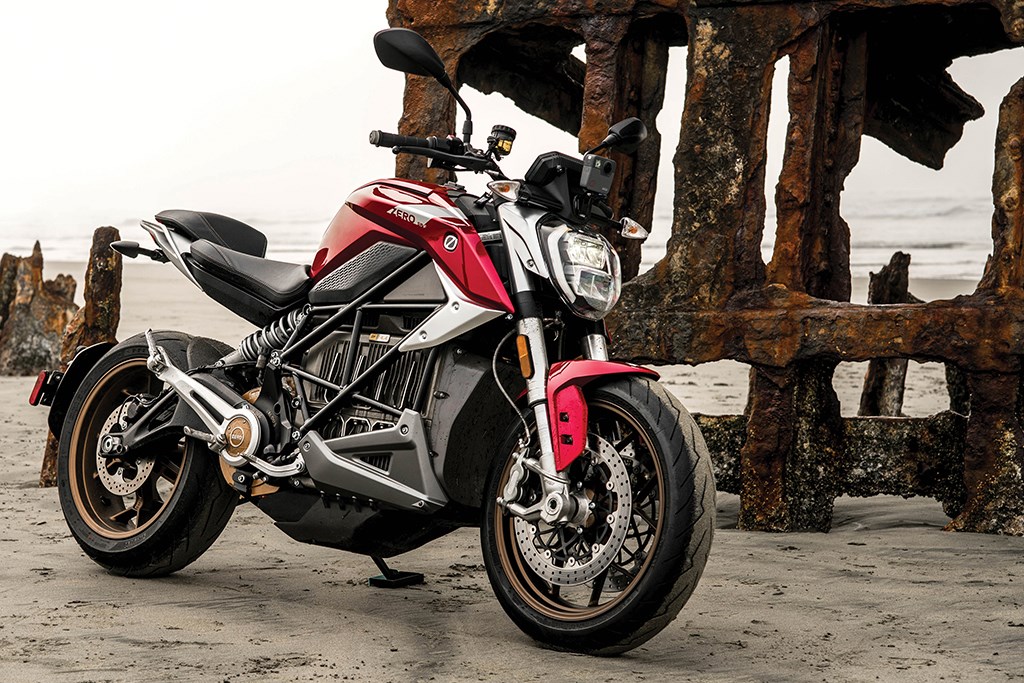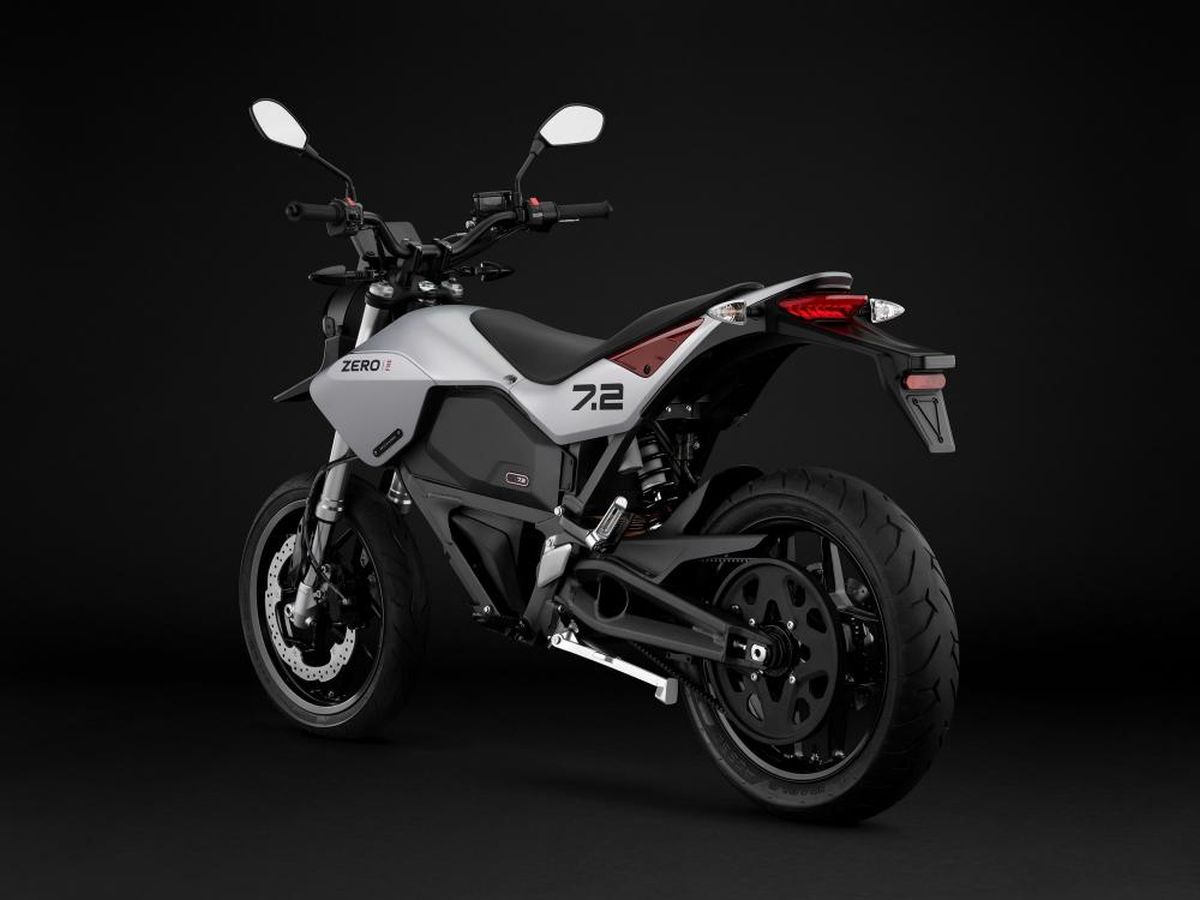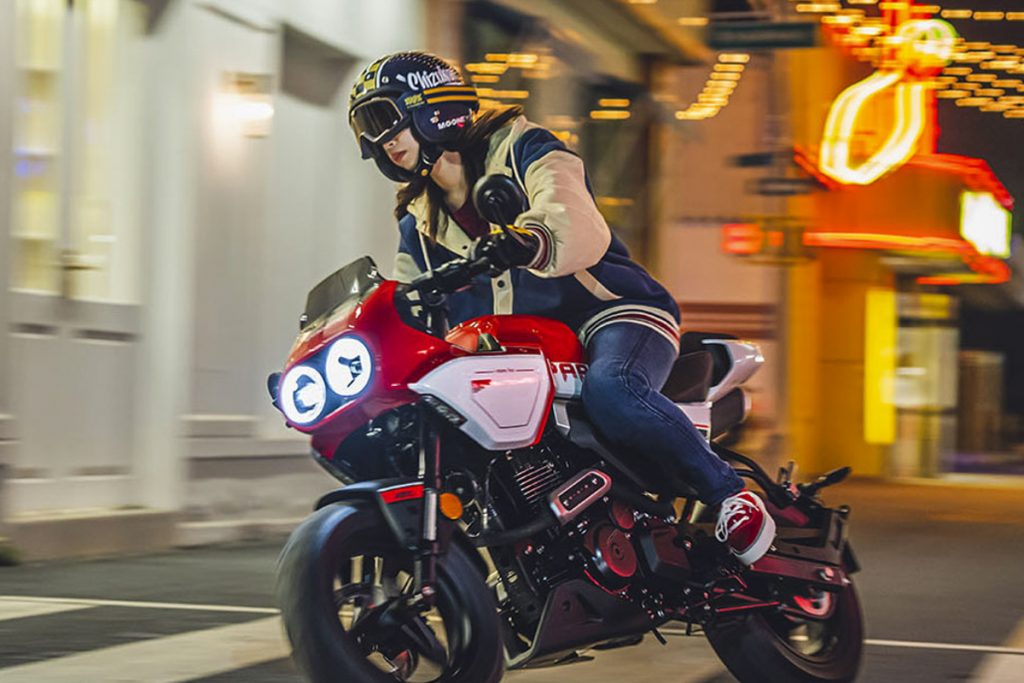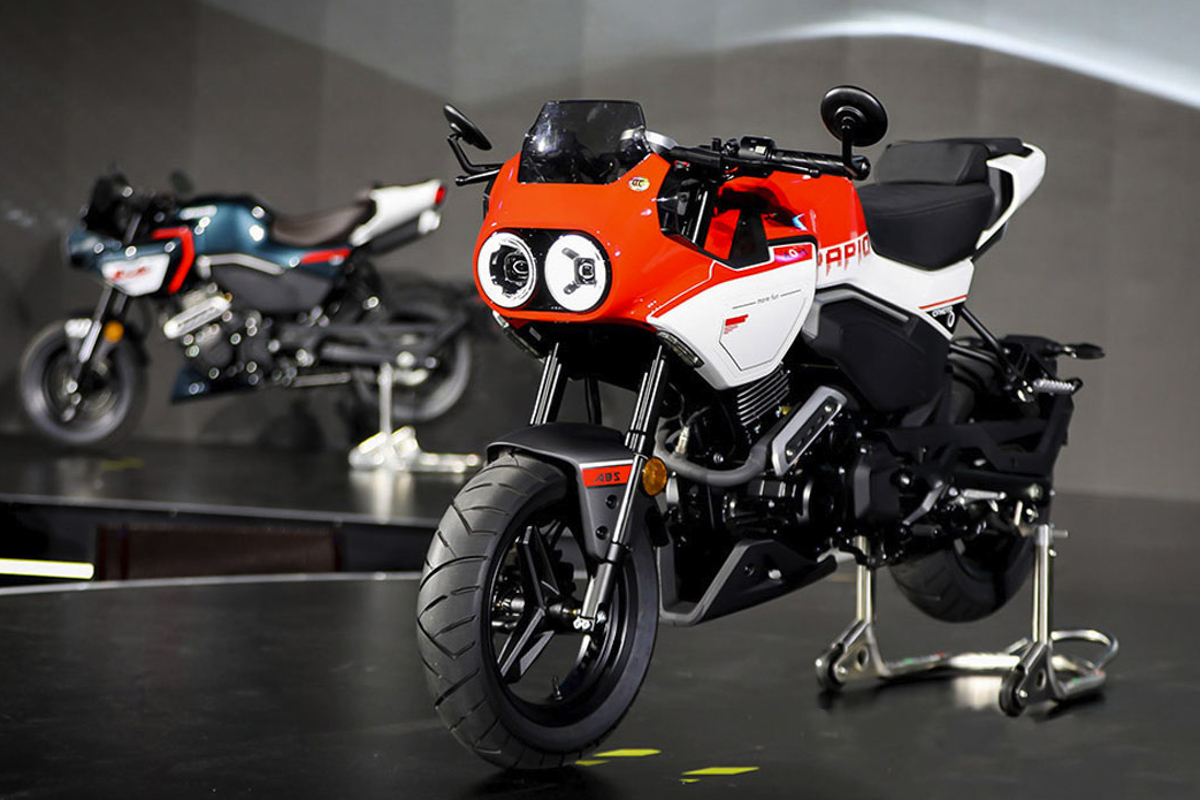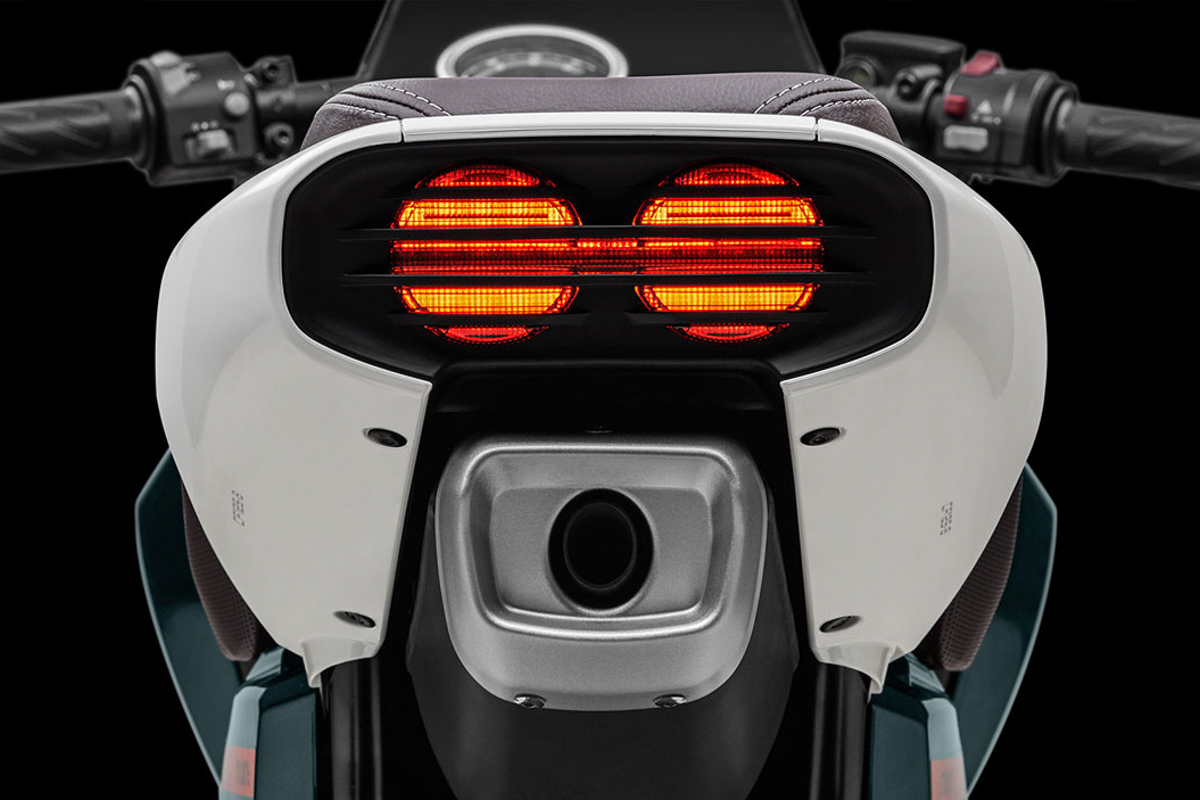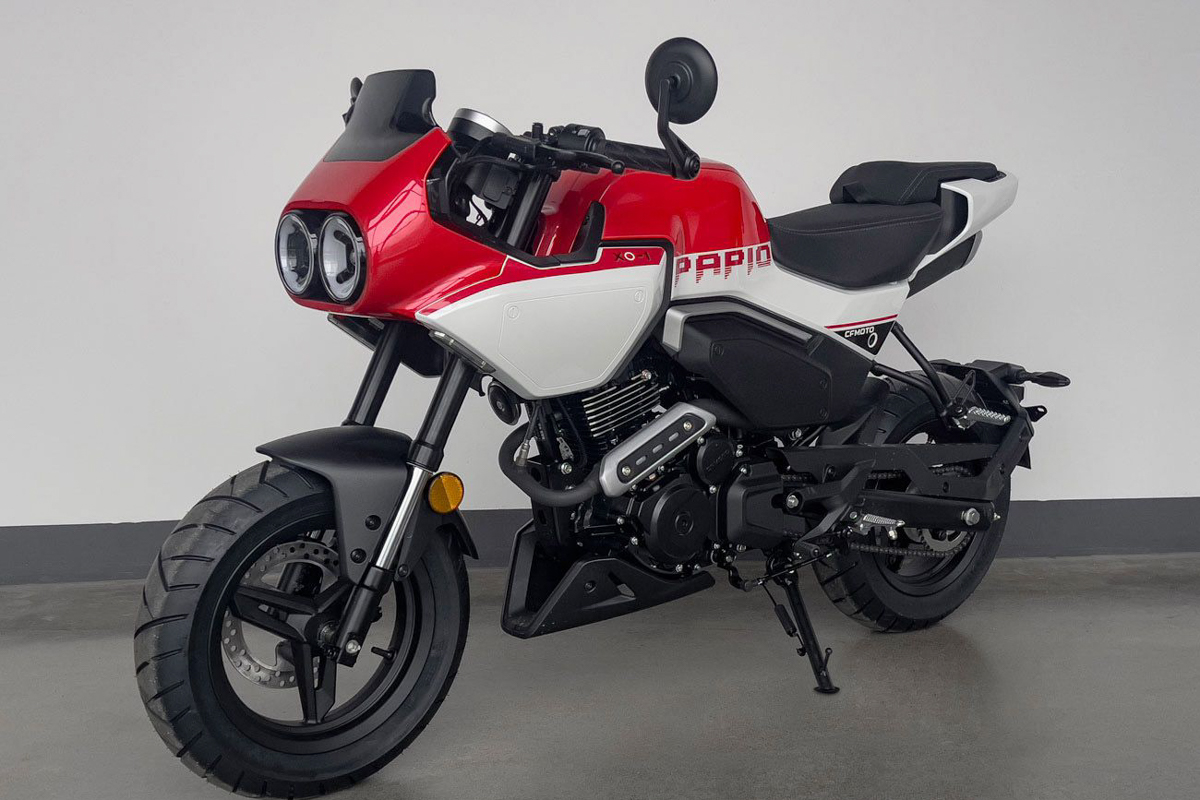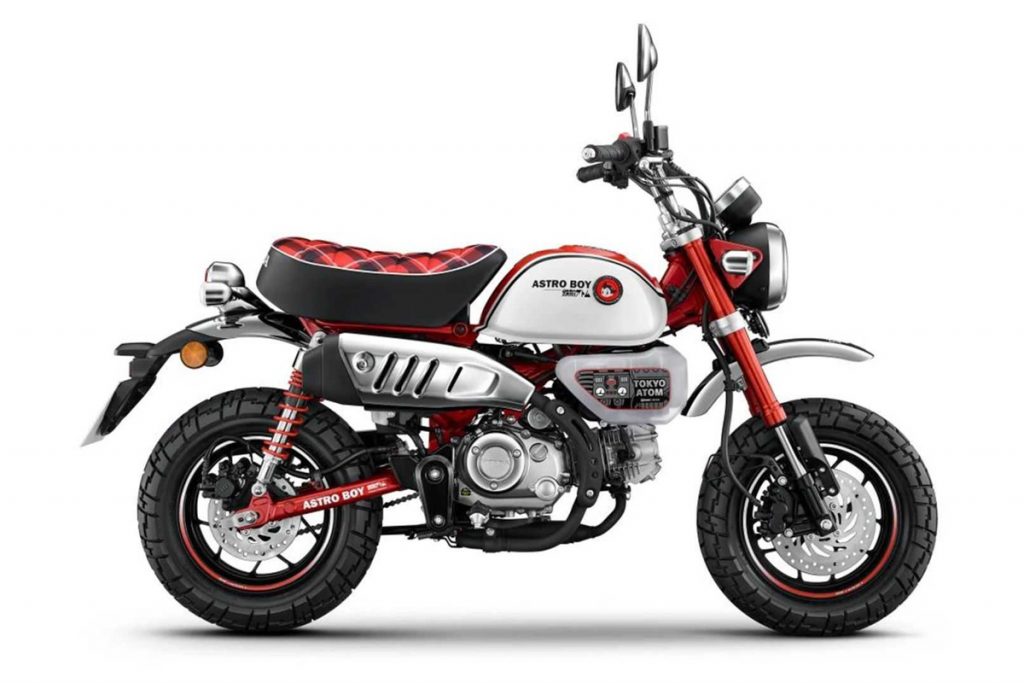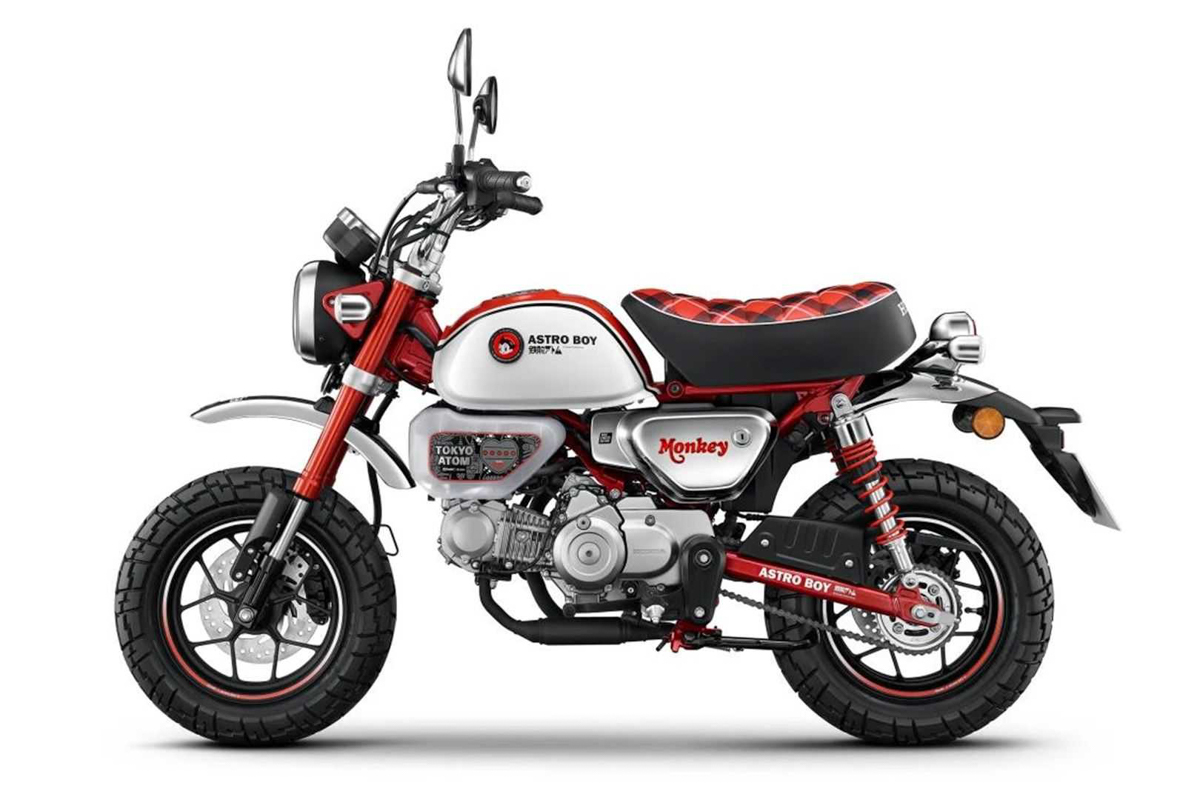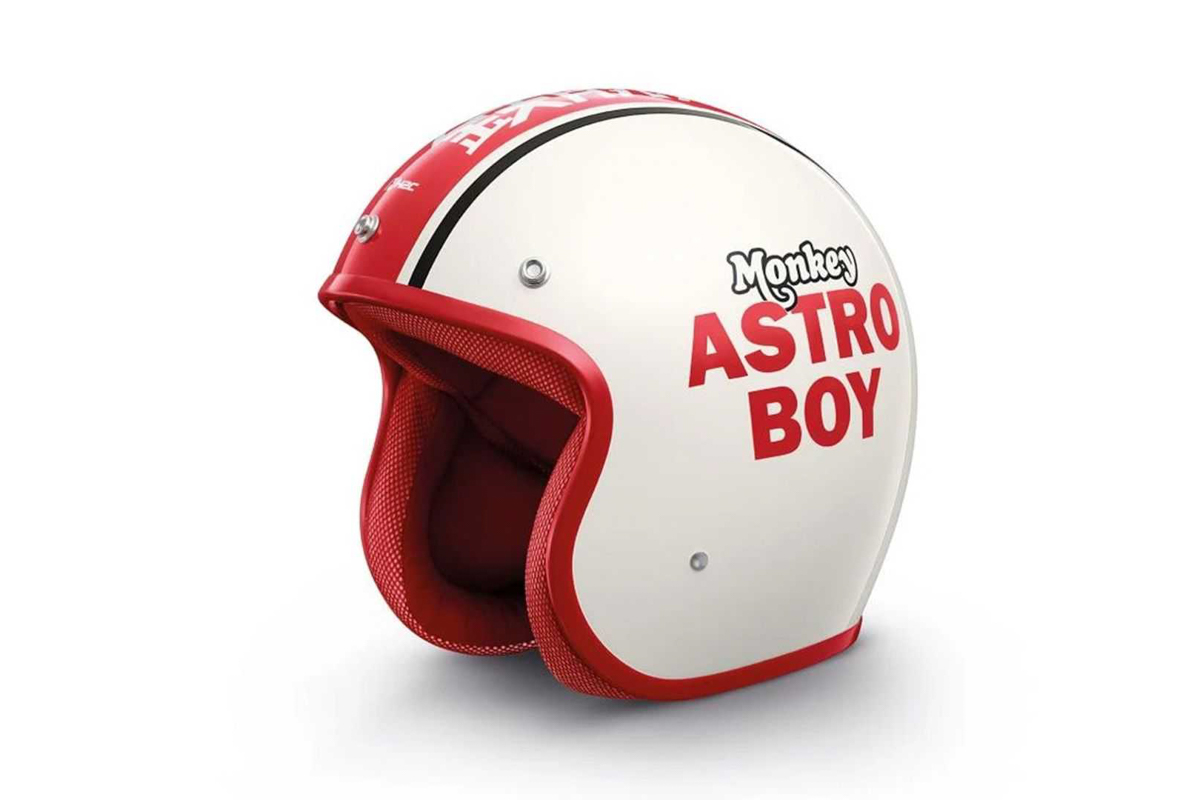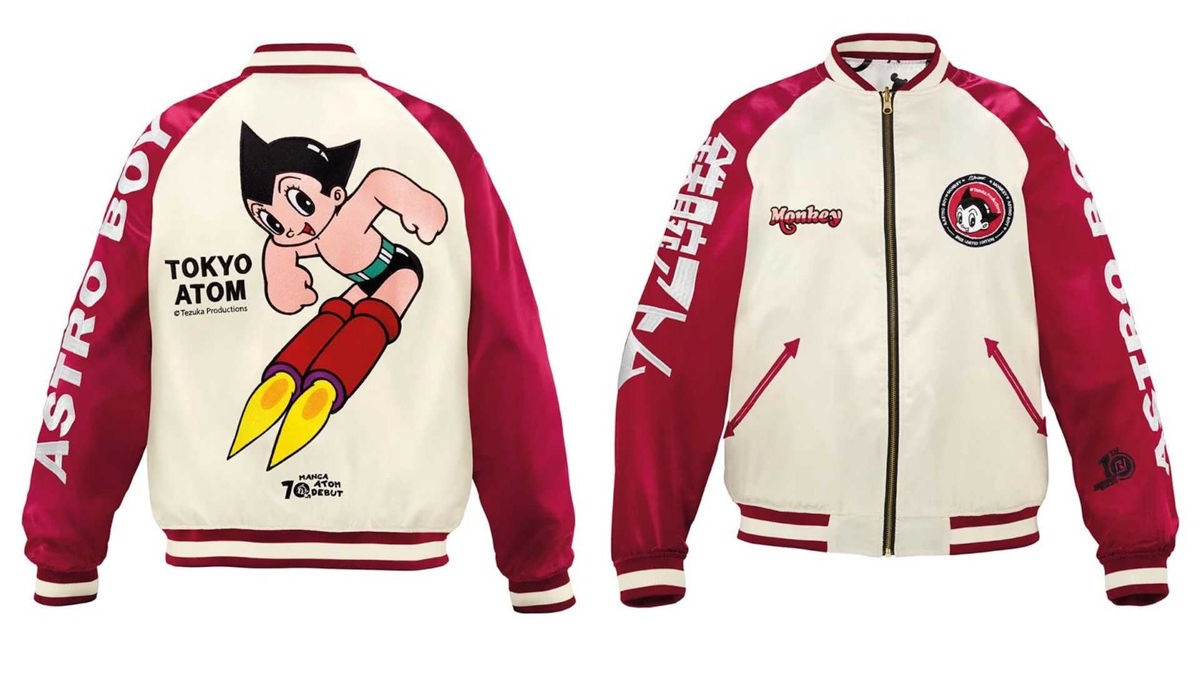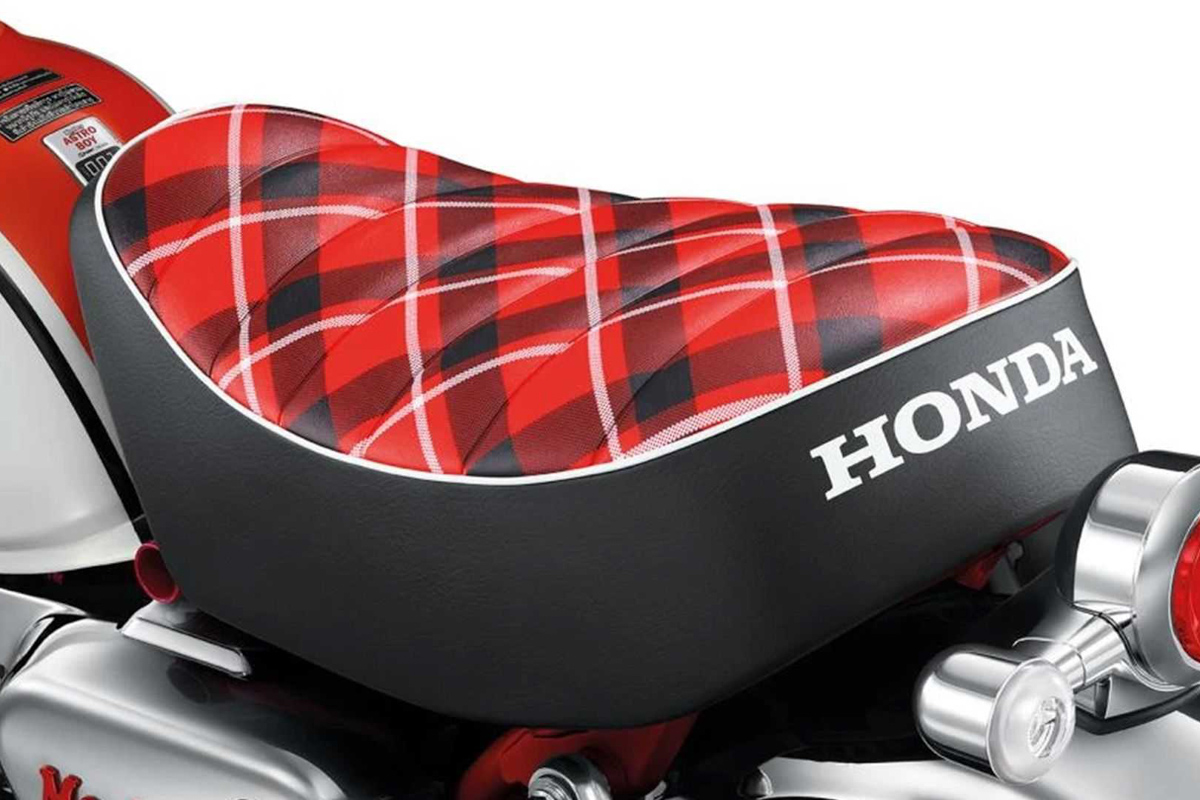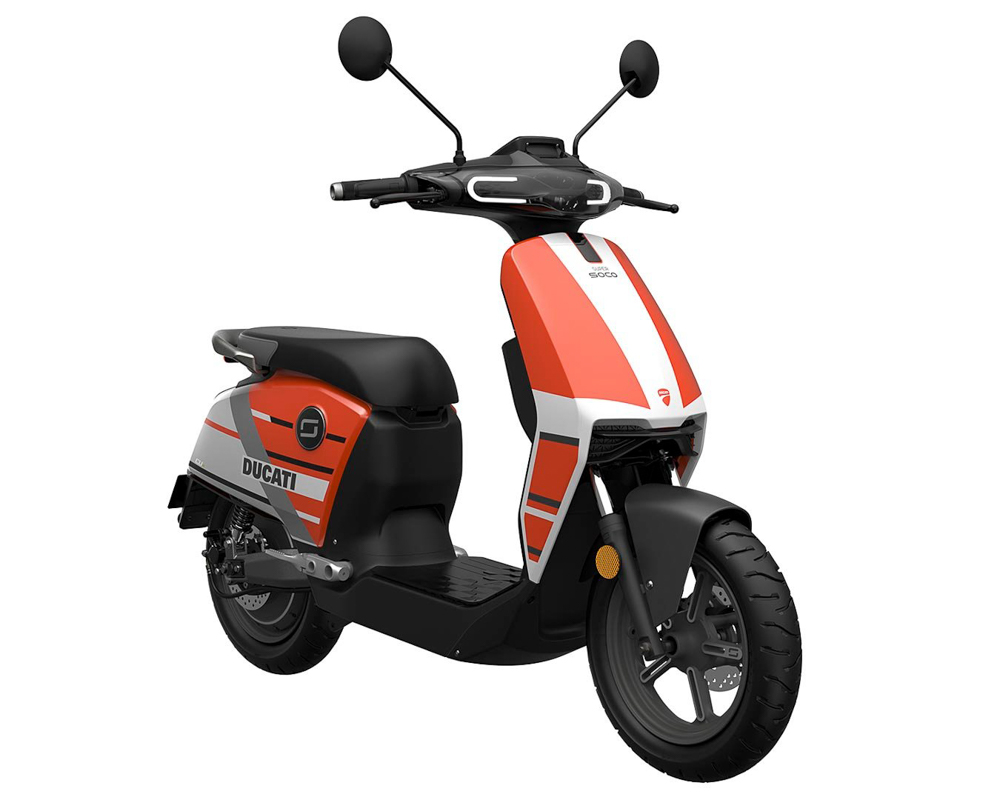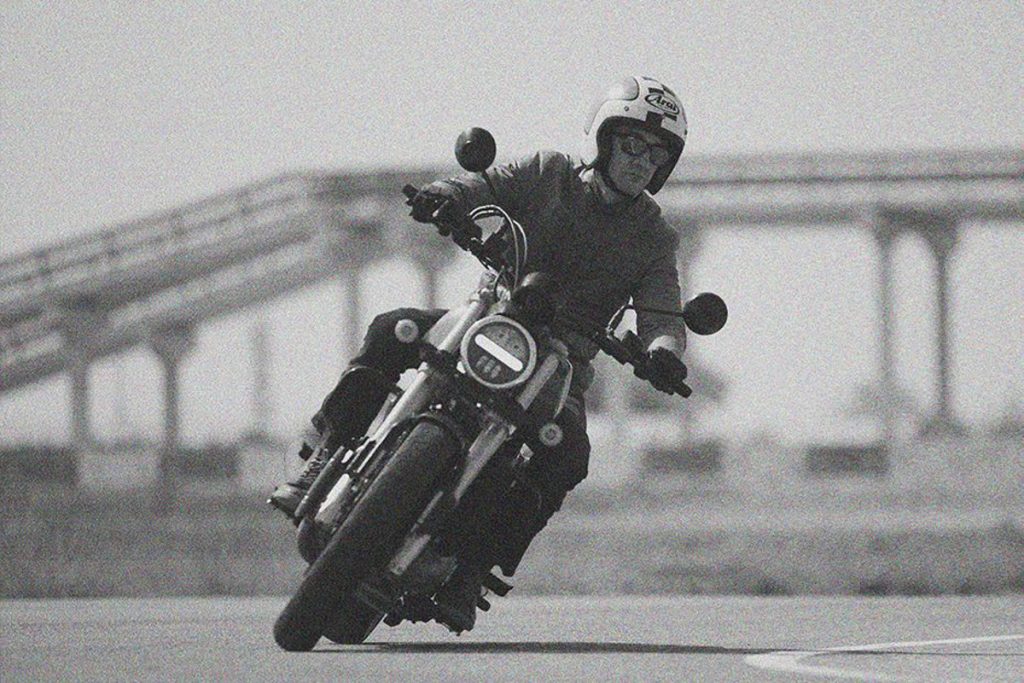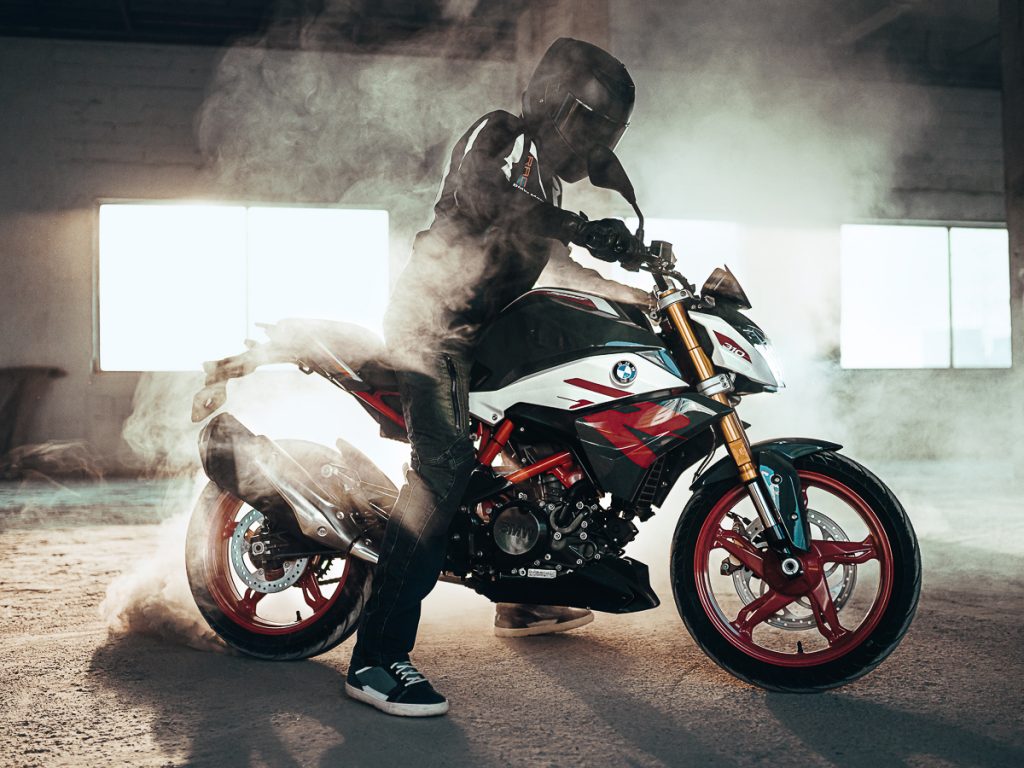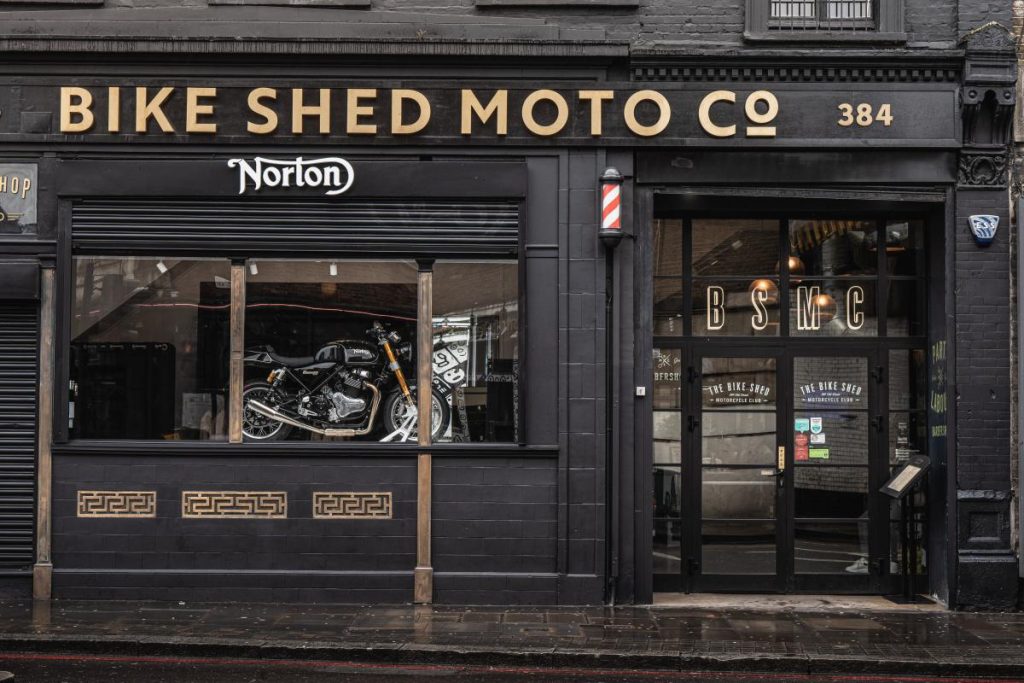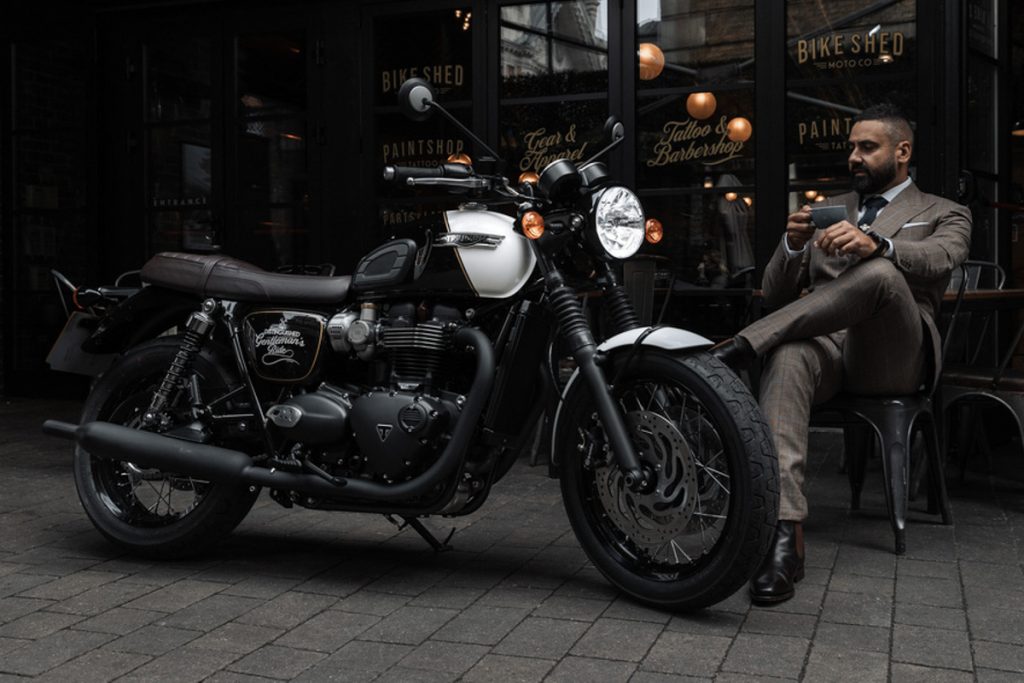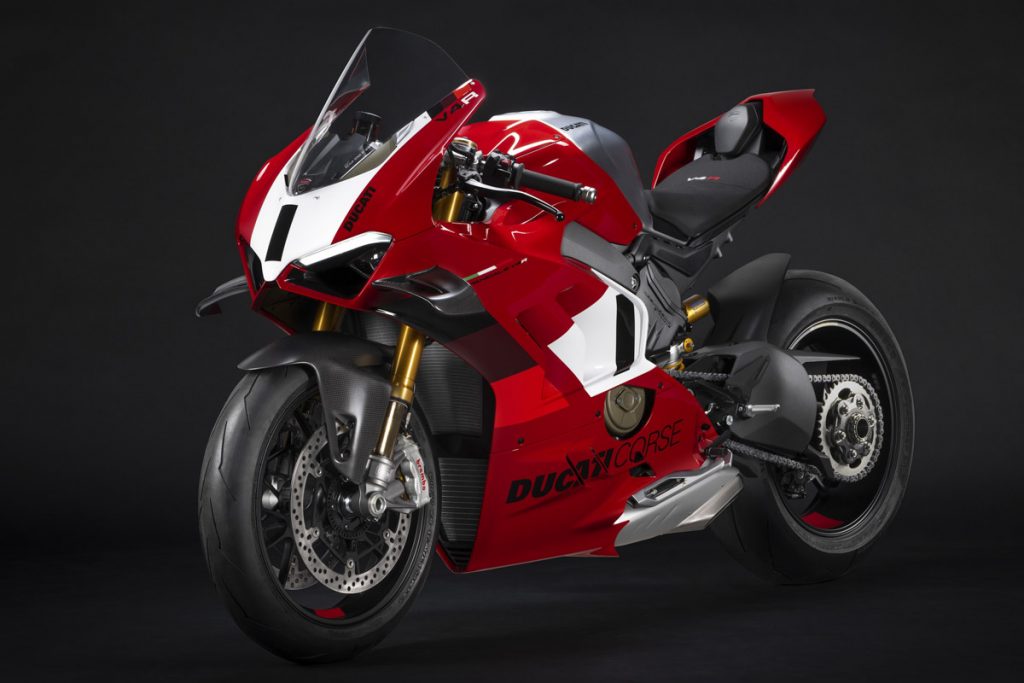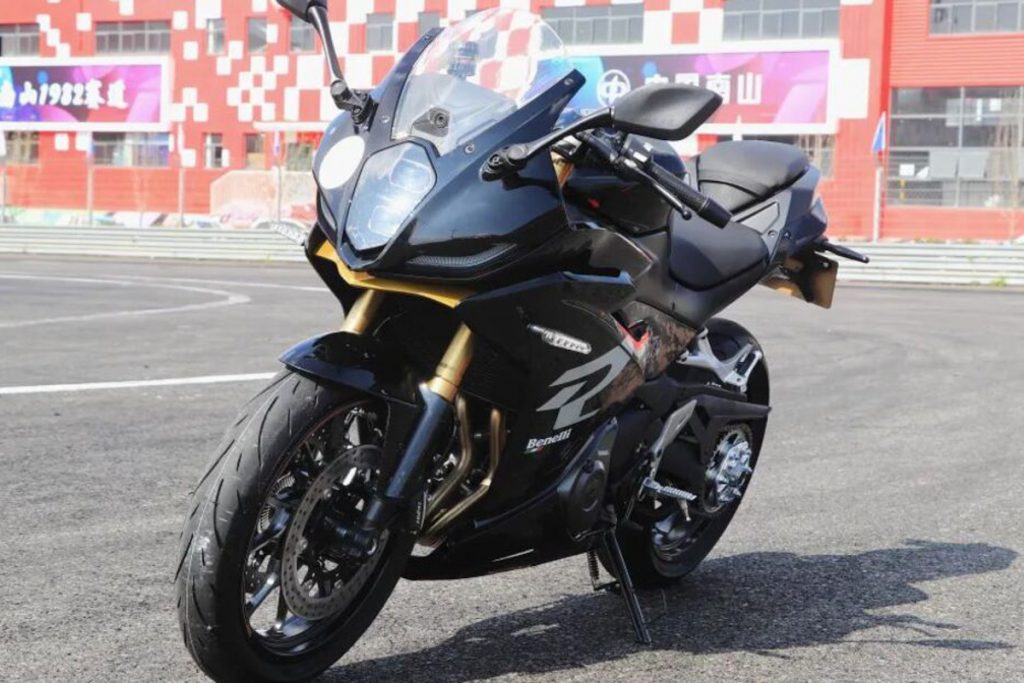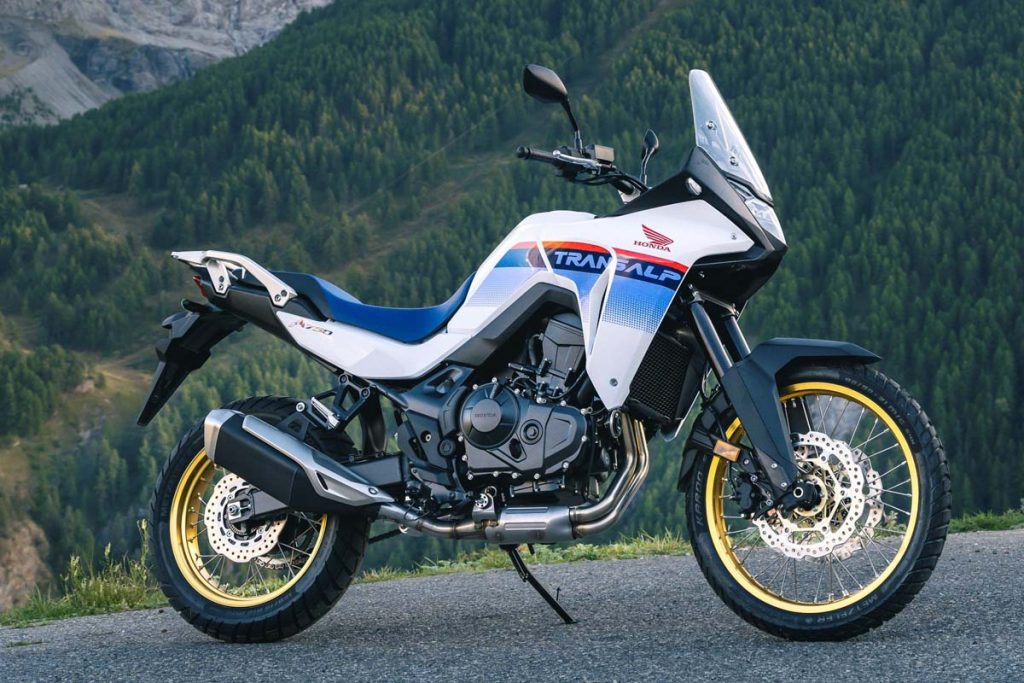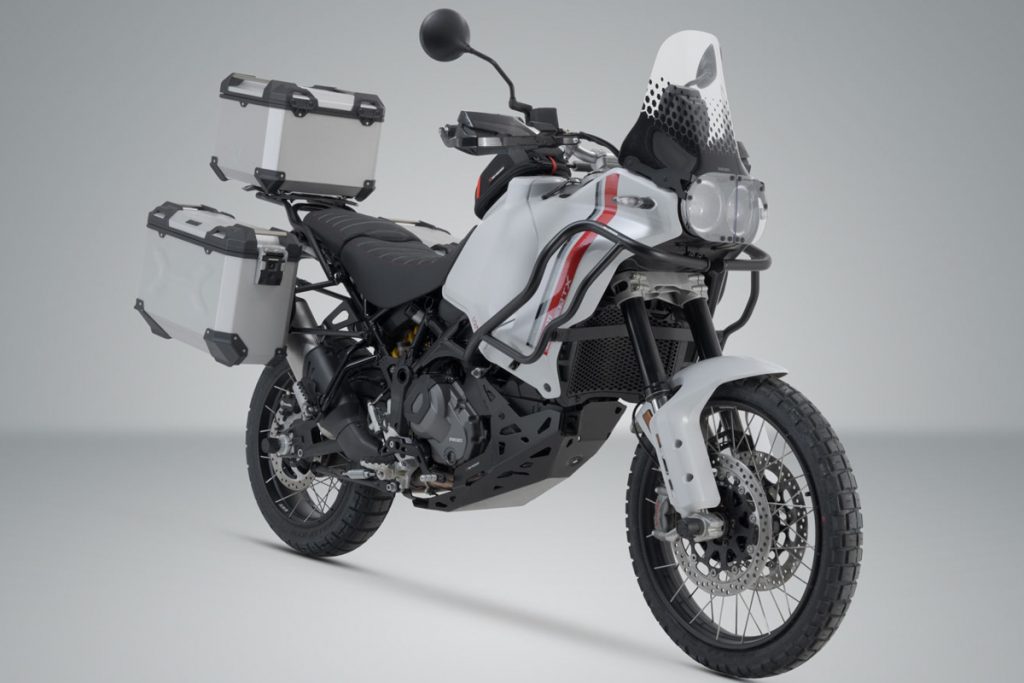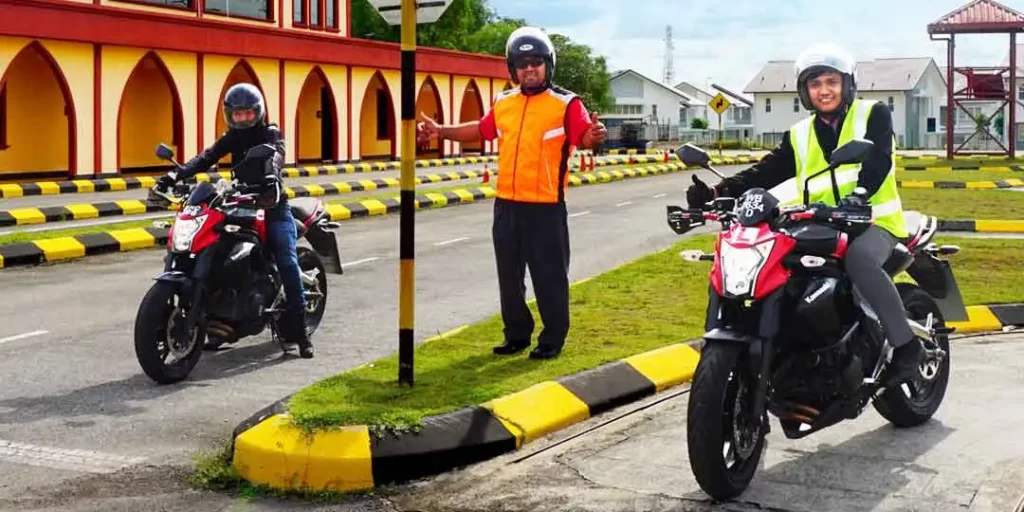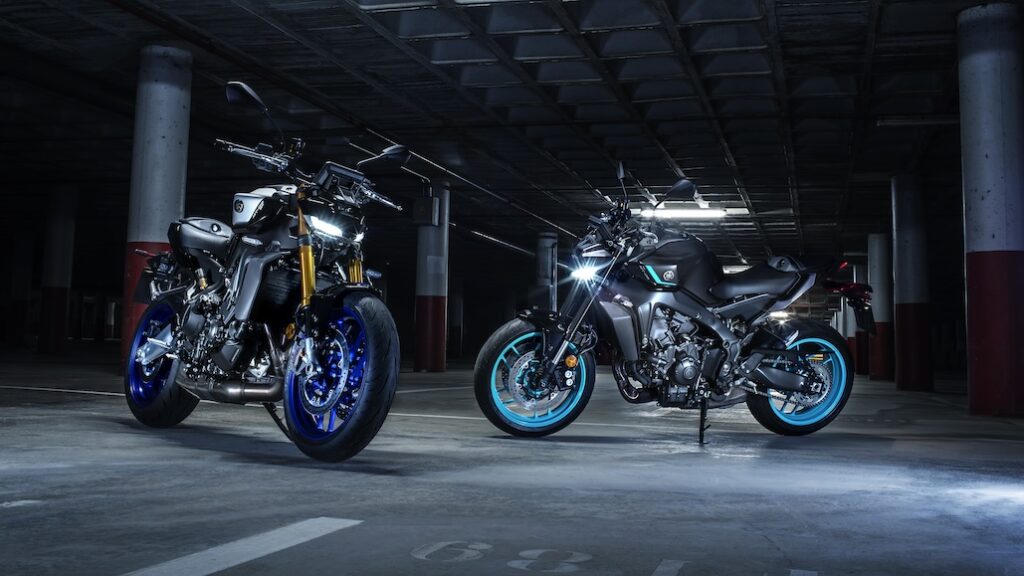BMW is expanding its R 18 range with a new variant called the R 18 Roctane. The Swiss type approval data for the Roctane reveals that it has much in common with the existing R 18 models, but with some notable differences.
- BMW is expanding its R 18 range with a new variant called the R 18 Roctane.
- The Roctane is powered by the same 1,802cc air-cooled Boxer as the rest of the R 18 range.
- The Roctane has a listed gross vehicle weight rating of 560 kg.
Firstly, the Roctane has an internal model code of “0N61,” which suggests that it differs from the other models with a different form factor or a chassis update. Additionally, the Roctane’s name indicates that it may be a more performance-focused model.
The Roctane is powered by the same 1,802cc air-cooled Boxer as the rest of the R 18 range. The homologation filing confirms the same engine code and peak performance numbers as the other models, with a maximum power output of 67 kW (90 hp) at 4,750 rpm, and 116 lb-ft. (157 Nm) at 3,000 rpm.
The filing also confirms that the Roctane has the same silencer code as the Classic, B, and Transcontinental models, indicating that it will have the same straight pipes instead of the bulbous fishtail exhaust on the regular R 18.
The Roctane’s wheel sizes (including accessory options) are the same as the other R 18 models. The type approval data makes no mention of suspension, and the braking data only confirms dual front brakes and ABS. However, if the Roctane is indeed a more performance-oriented cruiser, we can expect the suspension and braking to be different from the rest of the R 18 family.
The Roctane has a listed gross vehicle weight rating of 560kg, which suggests that it will not have luggage. This weight is the same as the R 18 and R 18 Classic models, while the R 18 B and R 18 Transcontinental models have a higher GVWR of 630kg due to their non-removable cases.
The Roctane’s release date and pricing have not been announced yet. However, with BMW’s reputation for quality and performance, the R 18 Roctane is expected to be a popular addition to the R 18 range.



